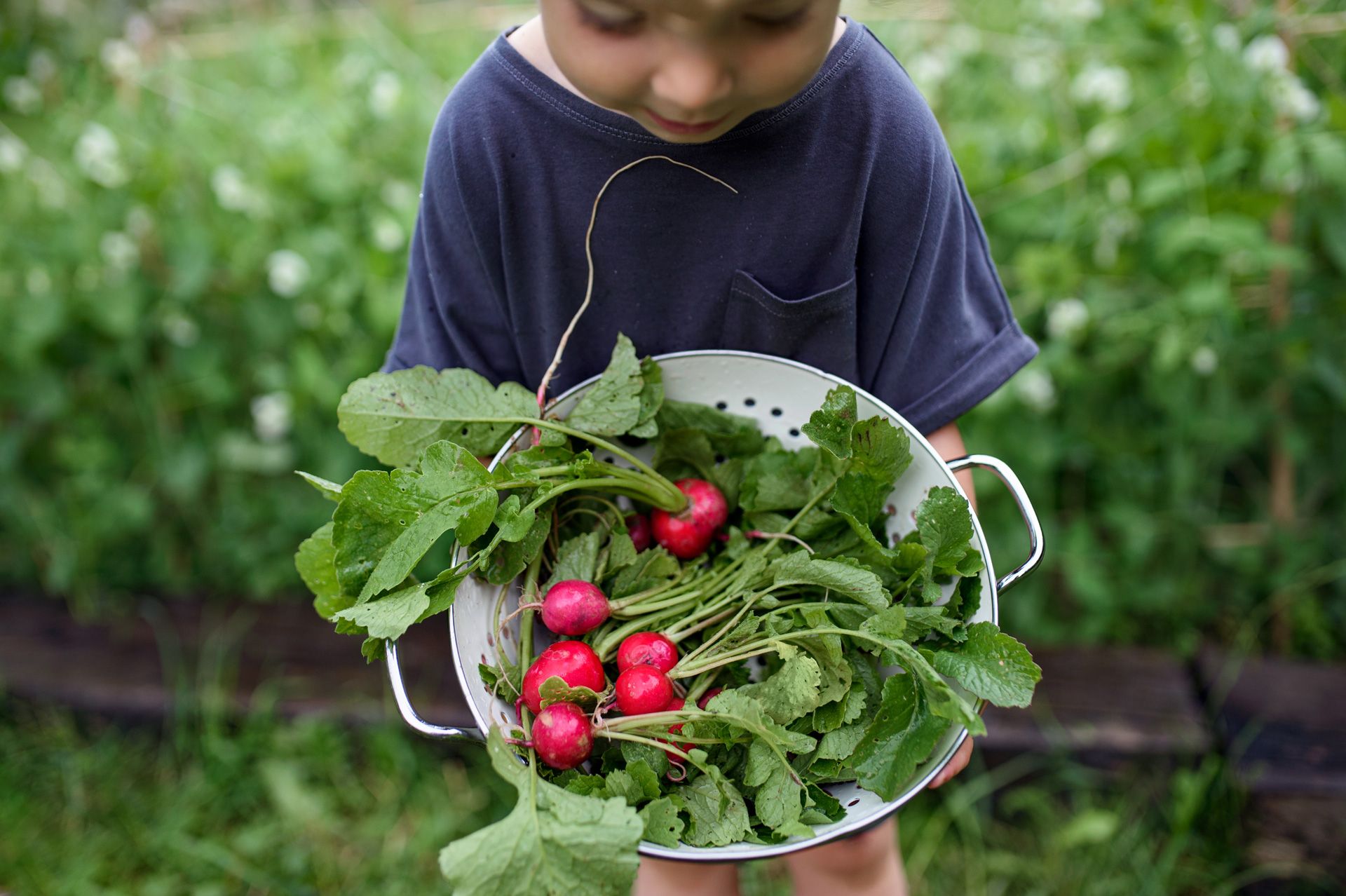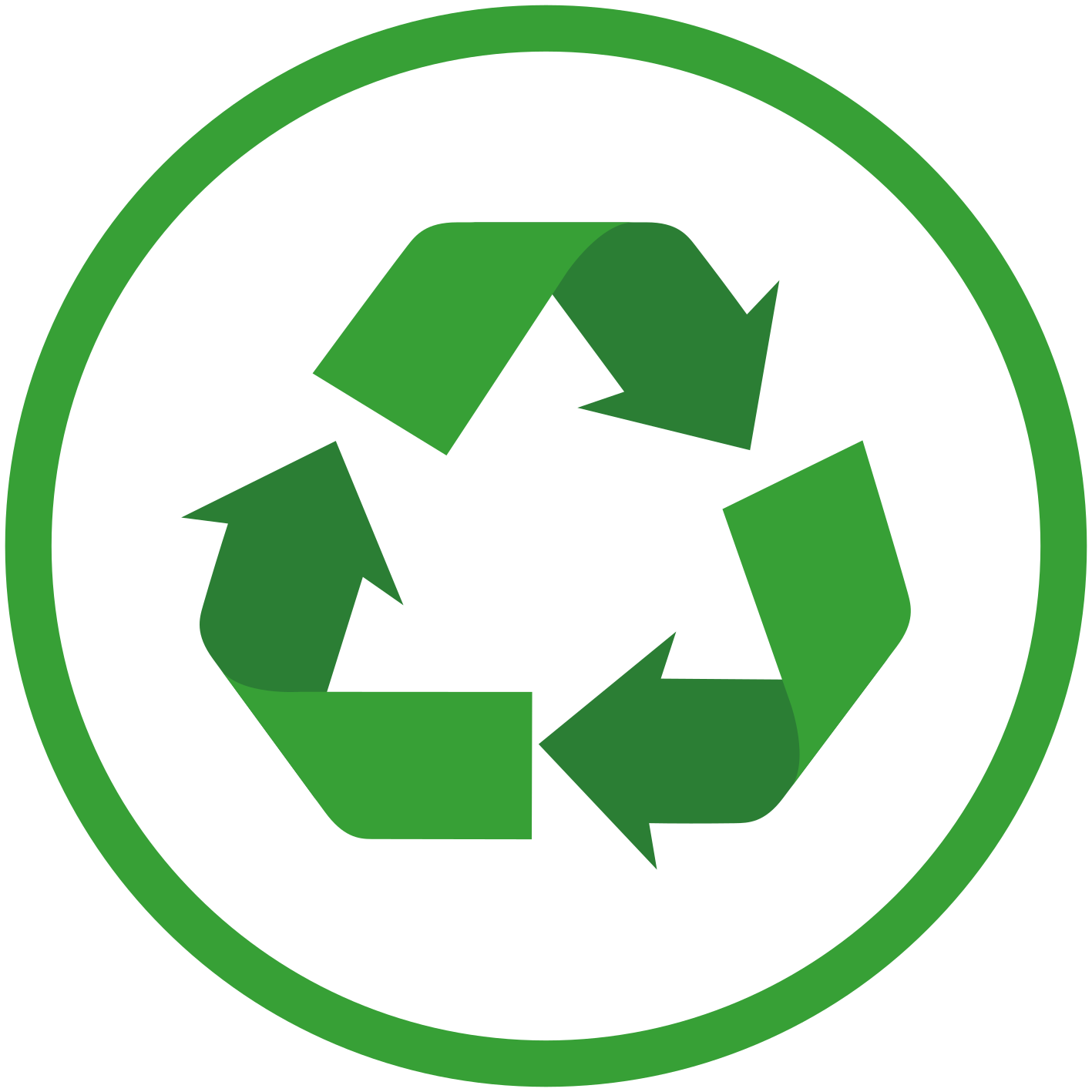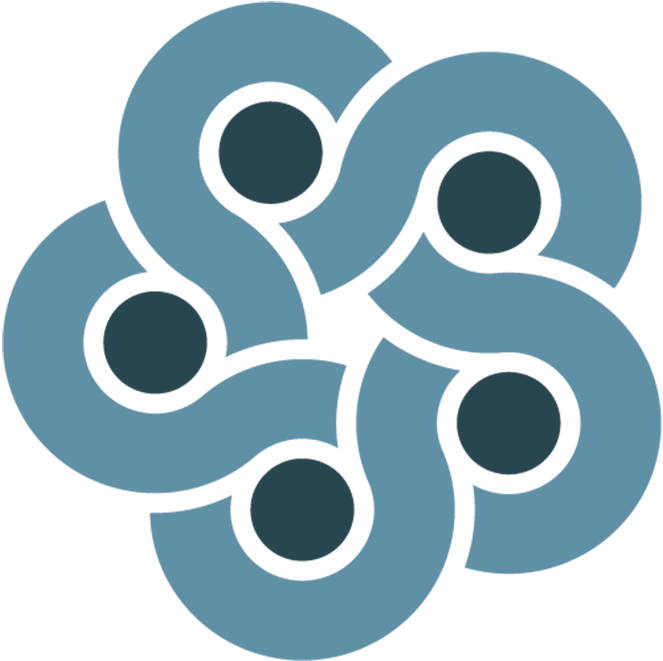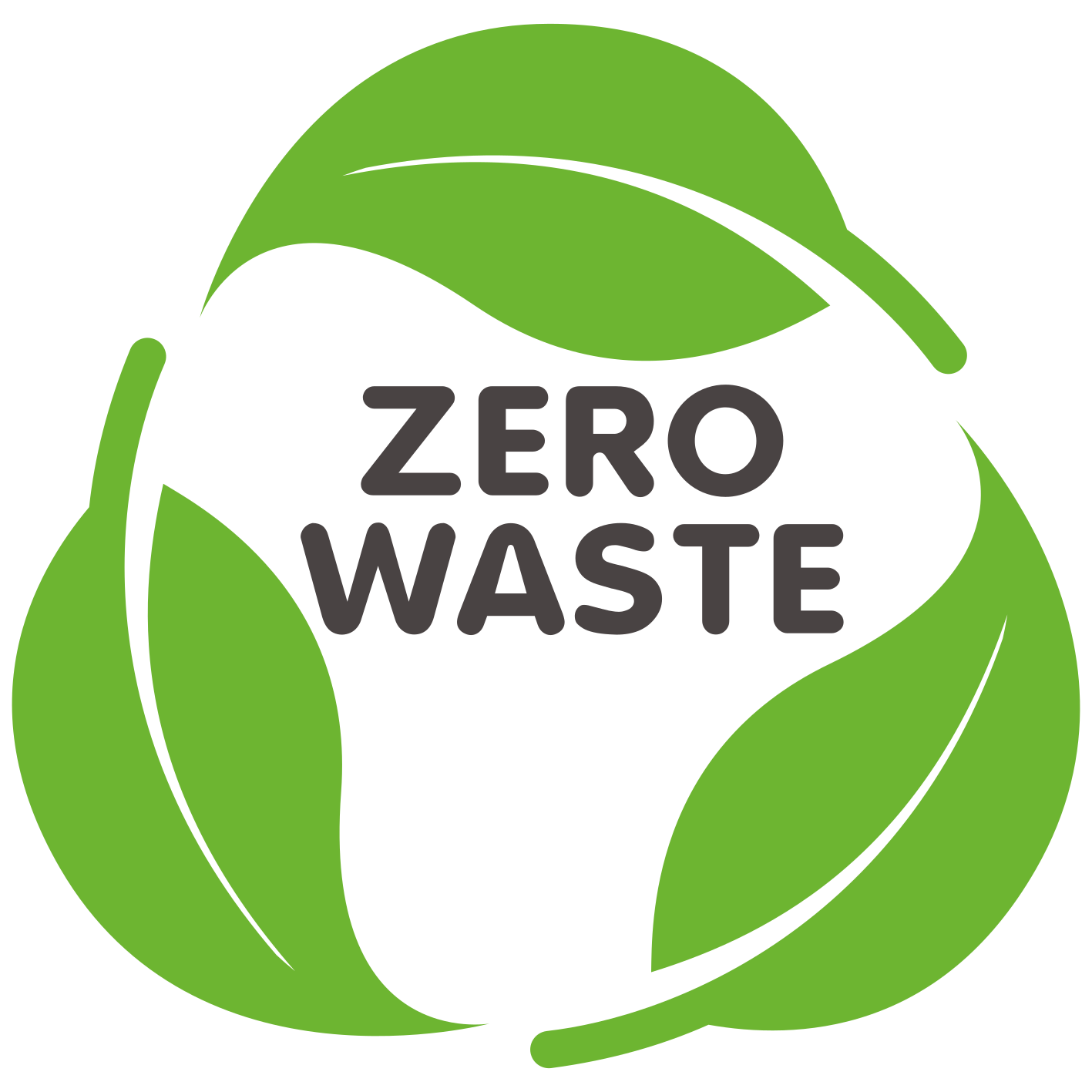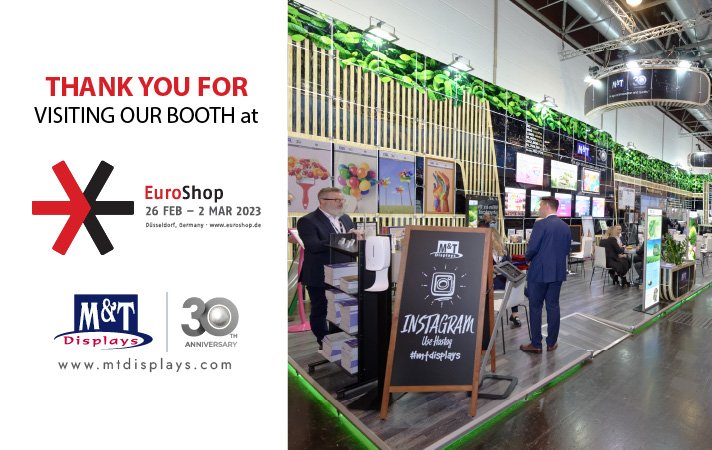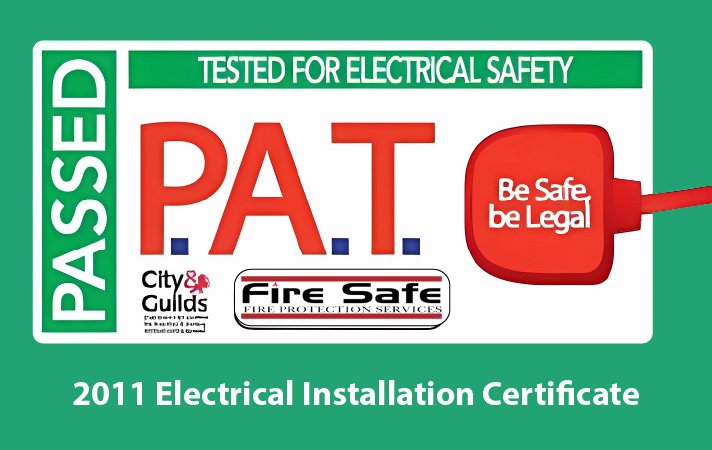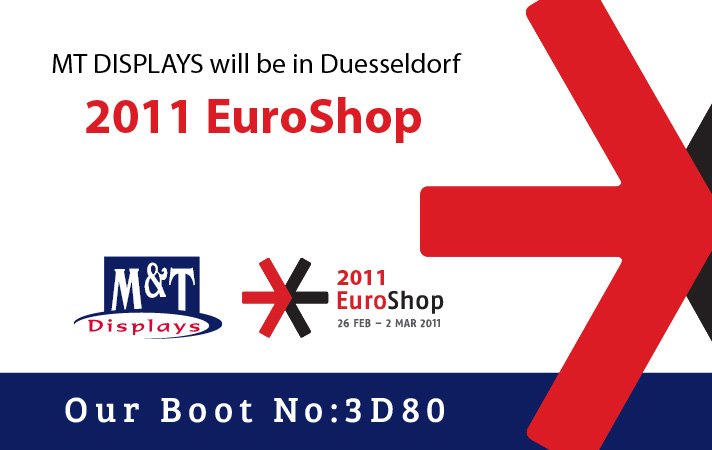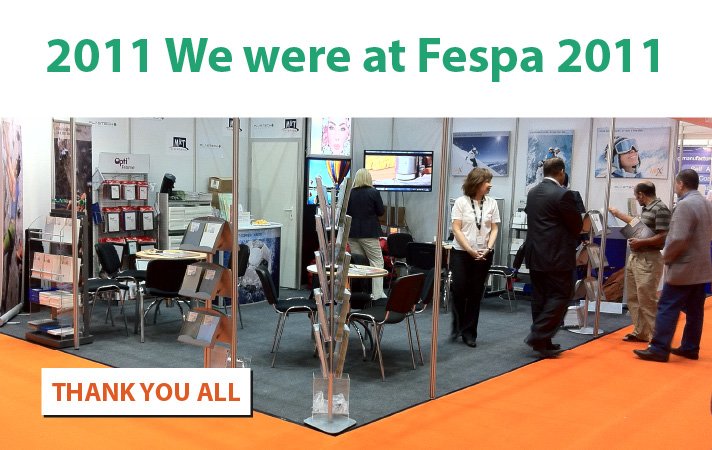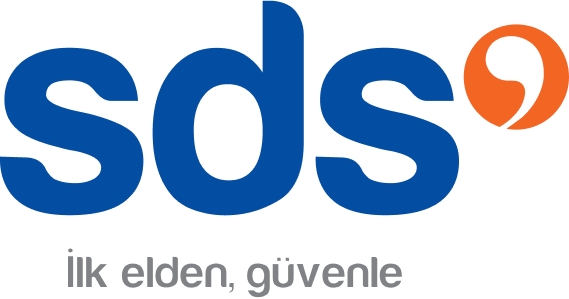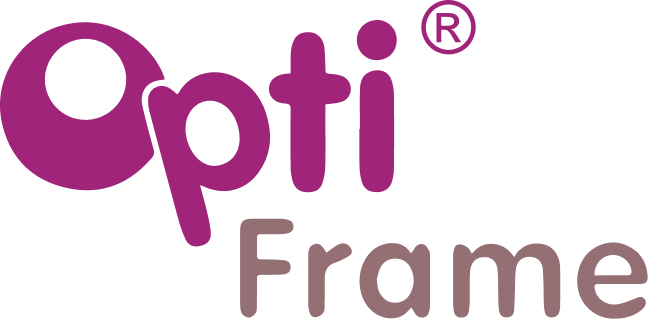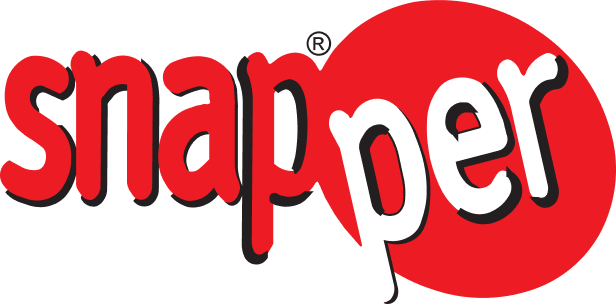With the Paris Climate Agreement, the EU Green Agreement, and ISO London Declaration, steps have been taken to reduce greenhouse gas emissions in the world. With the Green Deal, EU countries aim to reduce their carbon emissions by 55 percent by 2030 compared to 1990, and to be the first carbon neutral continent by 2050.
In addition, The Council of Europe has reached an agreement with the letter “Regulation of the European Parliament and of the Council Establishing a Carbon Border Adjustment Mechanism” (CBAM) dated March 15, 2022. The aim is to prevent carbon leakage caused by companies shifting their production to countries with less emission restrictions. Carbon Border Adjustment Regulation and Its Impact on Trade This mechanism means that a cost equivalent to the carbon costs of designated goods produced within the borders of the European Union is applied to the same products imported into the European Union under the Emissions Trading System (ETS). It is seen that the importer within the borders of the European Union will receive a CBAM certificate within the scope of ETS, according to the greenhouse gas amounts of the product to be imported, in the import of the products in certain sectors.
Which Sectors are Specified?
In the draft accepted by the Council, it was stated that the mechanism would be applied to the iron-steel, cement, aluminum, fertilizer, and electricity sectors, which have the highest risk of carbon leakage, and the products in these sectors were determined on the basis of tariff position.
How will CBAM be implemented?
A transition period that does not bring financial responsibility will be implemented in a 3-year period (in consideration to extend by 1 year) starting from 2023, and it will be implemented in real terms from beginning of 2026. During the transition period, importers will be expected to report quarterly on the direct and indirect emissions of their imports. It is mentioned that in 2026, importers will have financial responsibilities within the scope of CBAM and accordingly, they will submit an annual declaration regarding the CBAM certificates they have purchased.
In London Declaration, September 2021, International Organization for Standardization (ISO) with its members, stakeholders and partners, declared to speed up to achieve the Standards and publications of Paris Agreement, United Nations Sustainable Development Goals and United Nations Call for Action on Adaptation and Resilience targets. Including Turkish Standards Institute (TSE), a total of 124 members of ISO, are parties to this agreement.
EN ISO 14064-1:2019 is the Standard for Greenhouse Gases and EN ISO 50001 is the Standard for Energy Management. These Standards are in interaction with both National MRV Program in Turkey and European CBAM Certification.
In order to get our corporate carbon footprint reported by the authorized institutions, we implement all of the standards of ISO 50001 Energy Management and ISO 14064-1 Carbon Footprint Calculation Systems by the end of 2025, and we run these systems all through 2026 and 2027.





